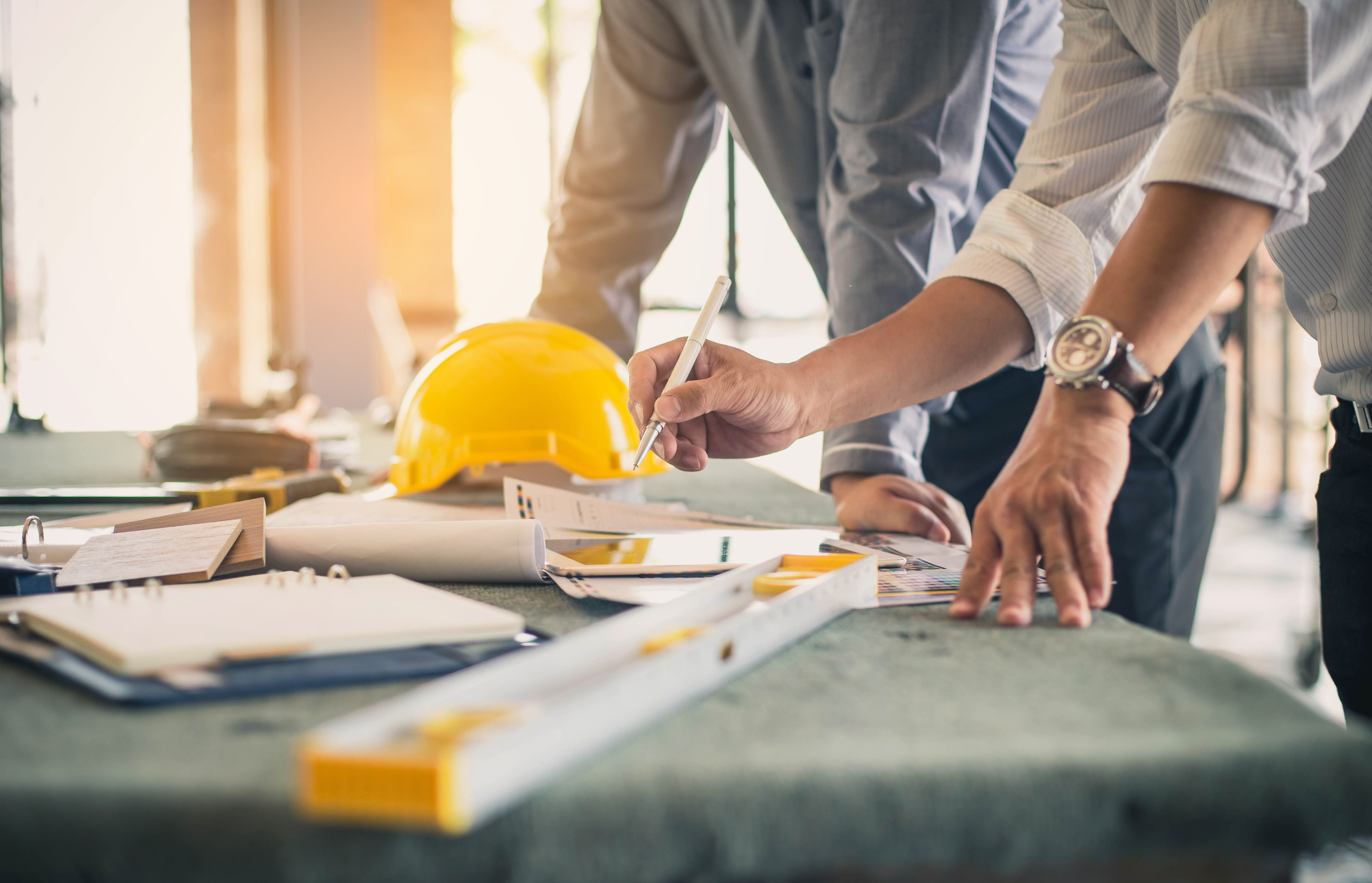In the fast-moving world of construction, every second counts, and every dollar matters. Traditional building methods often involve long timelines and unexpected costs that can quickly add up. However, there’s a solution that is becoming increasingly popular: pre-engineered buildings. These structures are not just revolutionizing the construction industry; they’re also making it easier and more affordable to get projects completed on time and within budget.
Understanding Pre-Engineered Buildings
Pre-engineered buildings are a type of construction where the entire structure is designed and fabricated in a factory setting before being transported to the construction site for assembly. This method contrasts with traditional construction, where most of the building process happens on-site. The key advantage here is that the components of pre-engineered buildings, like the steel frame, walls, and roof, are pre-manufactured to precise specifications. This ensures a perfect fit when assembled, which significantly speeds up the building process.
When you opt for pre engineered buildings in India, you’re choosing a construction method that prioritizes efficiency and cost-effectiveness. Instead of dealing with potential delays and cost overruns, you get a building that comes together like a puzzle, saving you both time and money.
Time-Saving Benefits of Pre-Engineered Buildings
One of the most compelling reasons to choose pre-engineered buildings is the time savings they offer. Time is often the most valuable resource in construction, and pre-engineered buildings help you make the most of it.
1. Streamlined Design Process: The design phase in traditional construction can be lengthy, involving multiple revisions and approvals. In contrast, pre-engineered buildings use standardized designs that can be easily customized to meet specific needs. This standardized approach means that the design phase is much shorter, allowing the project to move forward more quickly.
2. Quick Assembly on Site: Since all the components are pre-manufactured in a factory, the actual construction process on-site is significantly faster. Traditional construction can take months or even years, but pre-engineered buildings can often be assembled in a matter of weeks. This is especially beneficial for projects with tight deadlines, such as warehouses, schools, or industrial facilities.
3. Minimized Weather Delays: Weather is one of the most unpredictable factors in construction. Rain, snow, and extreme temperatures can slow down or halt traditional construction projects, leading to costly delays. With pre-engineered buildings, much of the construction work is done in a controlled factory environment, where weather isn’t a factor. This reduces the risk of delays due to bad weather, ensuring that the project stays on schedule.
4. Efficient Project Management: Pre-engineered buildings simplify project management. The process is more predictable, and there are fewer variables to control. This allows project managers to plan more effectively, reducing the likelihood of unexpected delays. With a more streamlined workflow, everyone involved in the project can stay on track, leading to faster completion times.

Cost-Saving Benefits of Pre-Engineered Buildings
While saving time is essential, reducing costs is just as important. Pre-engineered buildings excel in this area as well, offering several ways to keep your budget in check.
1. Lower Material Costs: Pre-engineered buildings are primarily made of steel, a material known for its durability and cost-effectiveness. Since the components are produced in bulk in a factory setting, manufacturers can take advantage of economies of scale. This bulk production leads to lower material costs compared to traditional construction methods, where materials are often purchased in smaller quantities and at higher prices.
2. Reduced Labor Costs: Labor costs are one of the most significant expenses in any construction project. Traditional construction methods require a large workforce over an extended period, which can quickly drive up costs. In contrast, pre-engineered buildings require fewer workers and less time on-site. The assembly process is straightforward and efficient, meaning fewer labor hours are needed to complete the project. This results in significant savings on labor costs.
3. Minimal Waste: In traditional construction, waste is a common issue. Materials often need to be cut or modified on-site, leading to waste that can add to the overall cost of the project. Pre-engineered buildings, however, are manufactured with precision, meaning there’s minimal waste during construction. Every component is designed to fit perfectly, reducing the need for on-site modifications and the associated waste costs.
4. Long-Term Energy Savings: Pre-engineered buildings are not only cost-effective during construction but also offer long-term savings in terms of energy efficiency. These buildings are designed with insulation and energy efficiency in mind, which can lead to lower heating and cooling costs over time. By choosing energy-efficient materials and designs, you can reduce your building’s environmental impact and save money on energy bills in the long run.
The Versatility of Pre-Engineered Buildings
Another advantage of pre-engineered buildings is their versatility. They can be used for a wide range of applications, from commercial spaces to industrial facilities, and even residential buildings. This versatility makes them an excellent choice for a variety of projects, allowing you to benefit from the time and cost savings regardless of the type of building you need.
1. Customization Options: While pre-engineered buildings are based on standardized designs, they can still be customized to meet specific needs. Whether you need a warehouse with extra storage space, a school with specialized classrooms, or an office building with modern amenities, pre-engineered buildings can be tailored to fit your requirements. This customization ensures that you get a building that meets your needs without the lengthy design and construction process of traditional methods.
2. Scalability: Pre-engineered buildings are also highly scalable. If you need to expand your building in the future, it’s relatively easy to add on to a pre-engineered structure. This scalability is particularly beneficial for businesses that anticipate growth, as it allows for easy expansion without the need for a complete redesign.
3. Sustainability: In today’s world, sustainability is more important than ever. Pre-engineered buildings are often more sustainable than traditional buildings due to their efficient use of materials and energy. The precision manufacturing process minimizes waste, and the energy-efficient designs reduce the building’s overall environmental impact. By choosing a pre-engineered building, you’re not only saving time and money but also contributing to a more sustainable future.
Conclusion
Pre-engineered buildings offer a modern solution to many of the challenges associated with traditional construction methods. By saving both time and money, these buildings make it easier to complete projects on schedule and within budget. Their versatility, cost-effectiveness, and sustainability make them an attractive option for a wide range of construction projects.
Whether you’re looking to build a warehouse, office space, or industrial facility, pre-engineered buildings provide a practical and efficient alternative to traditional construction. For top-notch PEB Service in India, consider pre-engineered buildings as a smart investment that will pay off in both the short and long term. This choice ensures that your project is completed quickly, affordably, and with minimal environmental impact.
Also see: Road Construction Challenges and Solutions



